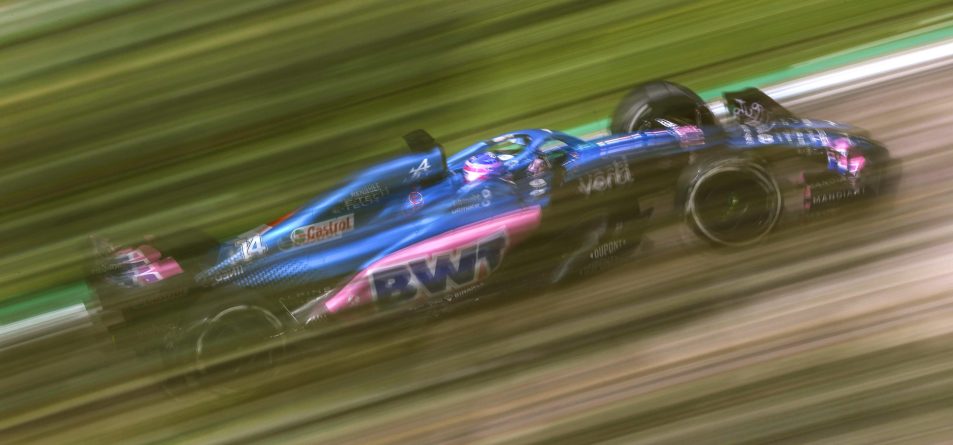Formula One enters new era of racing with regulations setting budget caps for Teams to maximize performance from aero-dynamic cars in a bid to level the playing field between Teams and bring closer racing for fans. Teams who have the capacity to yield the almighty dollar to further car development from pre-season testing to racing, are now under equal cost caps with smaller Teams, whose focus has always been on improving performance on track, just within a limited budget.

At the same time, Formula One has sent clear message that the new regulations governing design, development and operation of cars test the parameters of a Team’s capabilities to optimize the best possible performance from specified components- most notably through restricted time to test, develop and refine new parts pre – during 2022 F1 season.
Big changes indeed. From changed geometry of car, to different suspension and wheel specifications, to numerous changes of prescribed parts which are built by Teams under set specs- Teams, drivers and staff have undergone massive shift in terms of strategy on where to invest and for what intended result.
Cost cutting exercises has been high on the agenda for top tier Teams: Red Bull Racing and Mercedes along with sharing of resources to increase sustainability of Team-car-development. Partnered Teams of Red Bull Racing with Alpha Tauri has meant transfer of staff has met cost caps, along with sharing of engine and gear box internals under F1 Transferable Parts clause.
In keeping within the realms of sustainable use of resources, sharing of wind tunnels has been capitalized by Teams, with Haas continuing shared agreement with Ferrari for Transferable Parts along with newly built design base at Maranello. Most certainly, Haas improved performance with recent call-up of Kevin Magnussen finishing 5th, 9th, 14th and 9th over Rounds 1-4 suggests smaller Teams have now opportunity to close gap of results in new era of F1 racing.

Up for debate is: how will F1 navigate the fine line on how Teams adhere to the full set of new regulations while simultaneously maintaining sustainable pathway for improved performance amid restricted budget caps and limited time for testing? Will there be tightening of what is determined as shared: Specified Parts plus Intellectual Property when staff switch from Team to Team? Or will there be realization that Teams have rights to produce work around solutions to keep goals alive on achieving pointy end results for Teams and sponsors alike.
At the moment- the full circle has to remain round. F1 instigates changes to further develop sustainability of racing, ensuring the safety of drivers are maintained within new car regulations along with enhancing the spectacle of racing to global fan audience. Teams/ drivers and staff work around parameters of F1 new regulations to attain founding principle of the sport- which ultimately is to win.
Formula One Miami Grand Prix May 6-8. Header Image: Pirelli
Words: Sharon Cox.





Comments are closed.